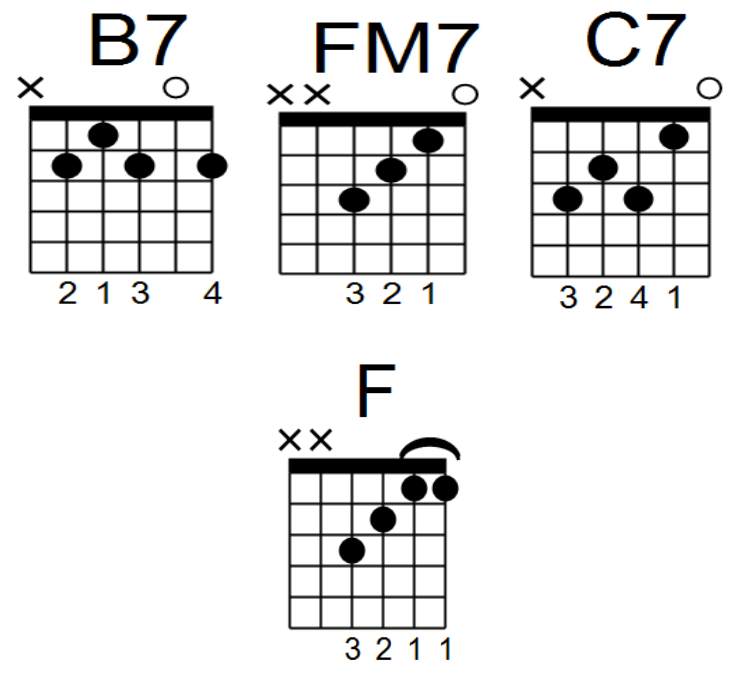Playing FULL Chords
Preface (skip if this isn’t your first time here):
THERE ARE TOO MANY PEOPLE WHO DON’T KNOW ANYTHING USEFUL ABOUT THE GUITAR!
It’s because no one either showed them anything useful or they never found out the basics of playing guitar.
DON’T BE LIKE THEM!
Here we are going to talk about those guitar basics in bite-sized chunks.
Hopefully, this will give you everything necessary to understand how to play the instrument, fix any flaws in your playing, and form ideas on how to change things up in your technique.
You know what time it is.
You got your left hand technique down. You got your finger names down. You got your easy chords down. You got your power chords down. So what else do you need?
You need dem FULL Chords.
Full Chords are just the regular chords that you see on most chord charts and the ones you see most people playing.
You’re going to need everything that you’ve learned so far to play these. So yeah, it’s best for you to go back and make sure you have everything down. But the end of our chord journey is near. You’ve all come so far and I’m so proud. One single tear drops from my face….
Alrighty then, here we go with Full Chords:
The chord chart above is pretty basic. But they’re also the most utilized chords in music no matter what genre of music you’re doing. Don’t worry about why they’re called what they are, just know what they’re called and how to play them.
It’s best to start with the E chords,
then work your way through the A’s
and D’s.
Let’s try a couple songs using just these chords. Remember to use this process for playing all the songs here:
Play just the chords. Get used to playing them and making them sound good (Pluck each of the strings by themselves first and make sure you can hear the first string).
Understand the rhythm.
Play with a metronome.
If you can do all this well, then play without the metronome to see if you can still play the song the same.
Play with the song to really see how well you have it.
Now onto the songs:
For this you’re going to play the same strumming pattern throughout. Count each measure as two groups of three counts (think 1-2-3; 1-2-3). The “greater-than” sign (>) you see is called an accent mark in music. An accent mark just means you make that particular strum louder, which you’re going to do whenever you count 1 in any set. If all this makes sense, let’s actually play a real song with these chords.
If you can play those songs above, then we’re going to add in the G, G7, and C.
O.K. Hamilton-Time (like “Hammer-Time,” but without the cool pants).
Now we’re going to finish up with the hardest, most challenging, craziest f***** chords you’ve ever seen: B7, FM7 (oh wait, you already know this), C7, and F.
For the C7 and B7 you’ll need all four fingers. For F though, you’ll need a little something different. You’ll need a “bar”.
Check out the next post to figure out exactly what that is. In the meantime, play the C7 and B7 with this sweet song that’s another Beatles’ hit: “Mean Mr. Mustard”










